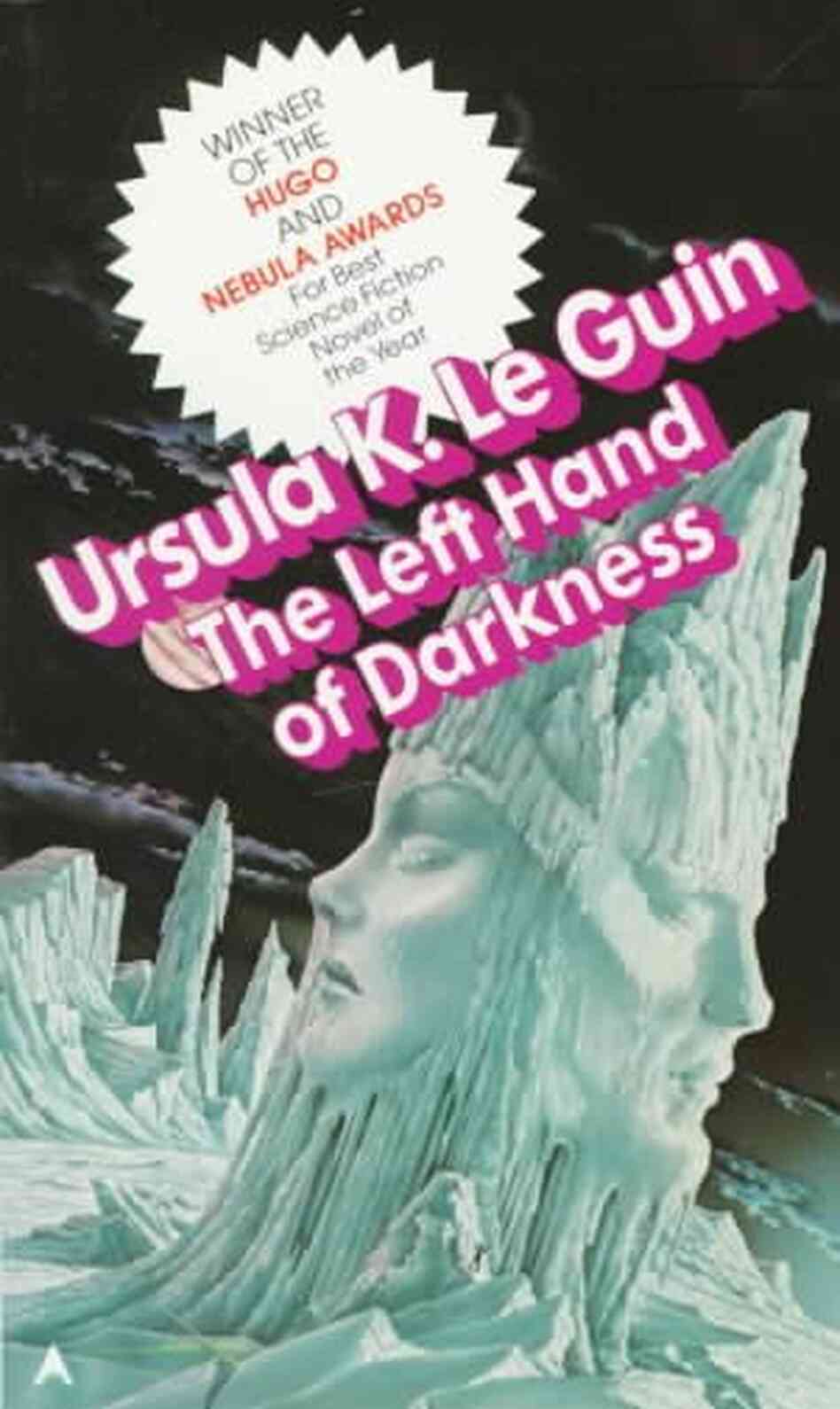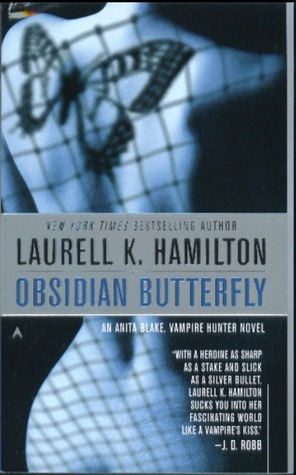Genre: Fantasy>Urban Fantasy
Obtained: Amazon
Reviewed by: Maggie W.
Cover:
I'm a bit so so on the cover of this book. I like that at the bottom are the grave stones since during part of the book they visit a place under a cemetery. I also like the fact that the cover model has the tattoo marks that the shadowhunters in the books have all over them. What I don't like it how the cover seems almost slapped together.
About the Book:
This book is the first in a series by Cassandra Clare. The author actually started off writing fanfiction for Harry Potter and I had read a few of her fics before they were taken down. Soon after she announced that she had gotten a deal to publish her first book. So far there are five published novels in the series with a sixth being written currently.
Rating: 6/10
I first read this book after it was first published in 2007. I enjoyed it then and purchased the next book when it was released but lost it half way though reading it and sort of forgot about it. When I heard that they were making a movie based on the first book of the series it reminded me of how much I liked the book so I decided a reread was in order.
Clary is different, and not in the tired, I'm just so unique, no one really understands me hipster kind of way. No, it's more in the oh dear lord there's a giant fanged venomous monster attempting to eat her kind of way, but that doesn't come til later. Clary lives in New York with her mother. Her father died when she was baby, her mother had told her. Clary spends most of her free time with her best friend Simon. It's while she and Simon are out at a local teen goth club that things start to change.
Somehow while at at Pandemonium, she stumbles into what she thinks is a murder. Clary sees a girl lead another boy into a supply room, and notices that two other boys, one of which looks to be carrying a knife followed the two in the room. Clary sends Simon off to find a bouncer in case there's trouble.
After sneaking into the room behind them, she can only see the first boy tied to a post in the room, until slowly a girl and two boys appear out of thin air. She listens in as the boy tied up tries to convince the others that he has valuable information about a person named Valentine. Disbelieving him, one boy raises some kind of weapon to kill him when Clary jumps out of hiding to prevent it. It's a toss up over who was more shocked that she was there, Clary, or the teens attempting to commit murder.
Turns out, it wasn't actually a person they were trying to kill, it was demon. While distracted by the fact that Clary shouldn't even be able to see them, the demon breaks out of his bonds and goes for the boy that was going to kill him. After a scuffle, the three are able to subdue and kill the demon, and Clary watches as it gets smaller and smaller until it disappears completely.
Afterwards the Shadowhunters don't understand how Clary had seen them but don't want her involved in any way. A few days later Clary's mother, Jocelyn, announces that she and Clary will be moving out of the city for the summer. After getting into a huge argument about it Clary leaves to go to a poetry reading for a friend with Simon at a coffee shop.
It's at the coffee shop that Clary again sees one of the Shadowhunters and decides to confront him. Jace tells Clary all about Shadowhunters and the person she thought she saw them murder was actually a demon. During their talk, Clary gets a frantic phone call from her mother, telling her not to come home, but the phone cuts out causing Clary to panic and head straight home.
She arrives home to find the apartment torn apart and her mother nowhere to be found. A giant fanged demon attacks her but some how she's able to kill it after being bitten. Shortly after she passes out but luckily Jace had followed her home and he takes her to the Institute (Shadowhunter Headquarters in New York) to cure her of the demon's poison.
Clary finds out that the reason she was able to see what she saw is because her mother and father were both Shadowhunters. Her father, Valentine formed a group that tried to overthrow the Shadowhunter's government which is why her mother took her and ran. For years the Shadowhunters believed Valentine to be dead after his house caught on fire but he faked his own death and was biding his time to attempt a takeover again. Valentine was the one who kidnapped Clary's mother.
To keep the spoilers to a minimum, the rest of the book is Jace and Clary trying to find out where Valentine has hidden her mother and the chaos that ensues.
Likes:
I really liked that Clary seemed to at least try not to be the stereotypical useless teen female book character. She's was more of the oh, you're trying to kill but I'm going to at least go down swinging. I also really enjoyed the author's take on the half human half angel mythology. She did a really great job with building a whole world and history for the Shadowhunters, as well as many of the other supernatural creatures in the story. Even though they weren't featured as much in this book as in later books in the series she did have a few LGBT characters in Alec and Magnus.
Dislikes:
A few times while reading the details seemed to be thrown out pretty casually so it was hard to keep some straight, so I had to reread a couple passages to make sure I caught everything. I feel like Jace and Clary got together a bit too quickly. I would have enjoyed it more if there would have been a bit more build up. Also when it comes to Simon and Clary I would have loved it if Simon wouldn't have ended up having feelings for Clary. I've always been a big fan of teen fiction showing the fact that boys and girls can be friends with each other without wanting to get into each other's pants.
What I'm Reading Next:
Somehow while at at Pandemonium, she stumbles into what she thinks is a murder. Clary sees a girl lead another boy into a supply room, and notices that two other boys, one of which looks to be carrying a knife followed the two in the room. Clary sends Simon off to find a bouncer in case there's trouble.
After sneaking into the room behind them, she can only see the first boy tied to a post in the room, until slowly a girl and two boys appear out of thin air. She listens in as the boy tied up tries to convince the others that he has valuable information about a person named Valentine. Disbelieving him, one boy raises some kind of weapon to kill him when Clary jumps out of hiding to prevent it. It's a toss up over who was more shocked that she was there, Clary, or the teens attempting to commit murder.
Turns out, it wasn't actually a person they were trying to kill, it was demon. While distracted by the fact that Clary shouldn't even be able to see them, the demon breaks out of his bonds and goes for the boy that was going to kill him. After a scuffle, the three are able to subdue and kill the demon, and Clary watches as it gets smaller and smaller until it disappears completely.
Afterwards the Shadowhunters don't understand how Clary had seen them but don't want her involved in any way. A few days later Clary's mother, Jocelyn, announces that she and Clary will be moving out of the city for the summer. After getting into a huge argument about it Clary leaves to go to a poetry reading for a friend with Simon at a coffee shop.
It's at the coffee shop that Clary again sees one of the Shadowhunters and decides to confront him. Jace tells Clary all about Shadowhunters and the person she thought she saw them murder was actually a demon. During their talk, Clary gets a frantic phone call from her mother, telling her not to come home, but the phone cuts out causing Clary to panic and head straight home.
She arrives home to find the apartment torn apart and her mother nowhere to be found. A giant fanged demon attacks her but some how she's able to kill it after being bitten. Shortly after she passes out but luckily Jace had followed her home and he takes her to the Institute (Shadowhunter Headquarters in New York) to cure her of the demon's poison.
Clary finds out that the reason she was able to see what she saw is because her mother and father were both Shadowhunters. Her father, Valentine formed a group that tried to overthrow the Shadowhunter's government which is why her mother took her and ran. For years the Shadowhunters believed Valentine to be dead after his house caught on fire but he faked his own death and was biding his time to attempt a takeover again. Valentine was the one who kidnapped Clary's mother.
To keep the spoilers to a minimum, the rest of the book is Jace and Clary trying to find out where Valentine has hidden her mother and the chaos that ensues.
Likes:
I really liked that Clary seemed to at least try not to be the stereotypical useless teen female book character. She's was more of the oh, you're trying to kill but I'm going to at least go down swinging. I also really enjoyed the author's take on the half human half angel mythology. She did a really great job with building a whole world and history for the Shadowhunters, as well as many of the other supernatural creatures in the story. Even though they weren't featured as much in this book as in later books in the series she did have a few LGBT characters in Alec and Magnus.
Dislikes:
A few times while reading the details seemed to be thrown out pretty casually so it was hard to keep some straight, so I had to reread a couple passages to make sure I caught everything. I feel like Jace and Clary got together a bit too quickly. I would have enjoyed it more if there would have been a bit more build up. Also when it comes to Simon and Clary I would have loved it if Simon wouldn't have ended up having feelings for Clary. I've always been a big fan of teen fiction showing the fact that boys and girls can be friends with each other without wanting to get into each other's pants.
What I'm Reading Next:












